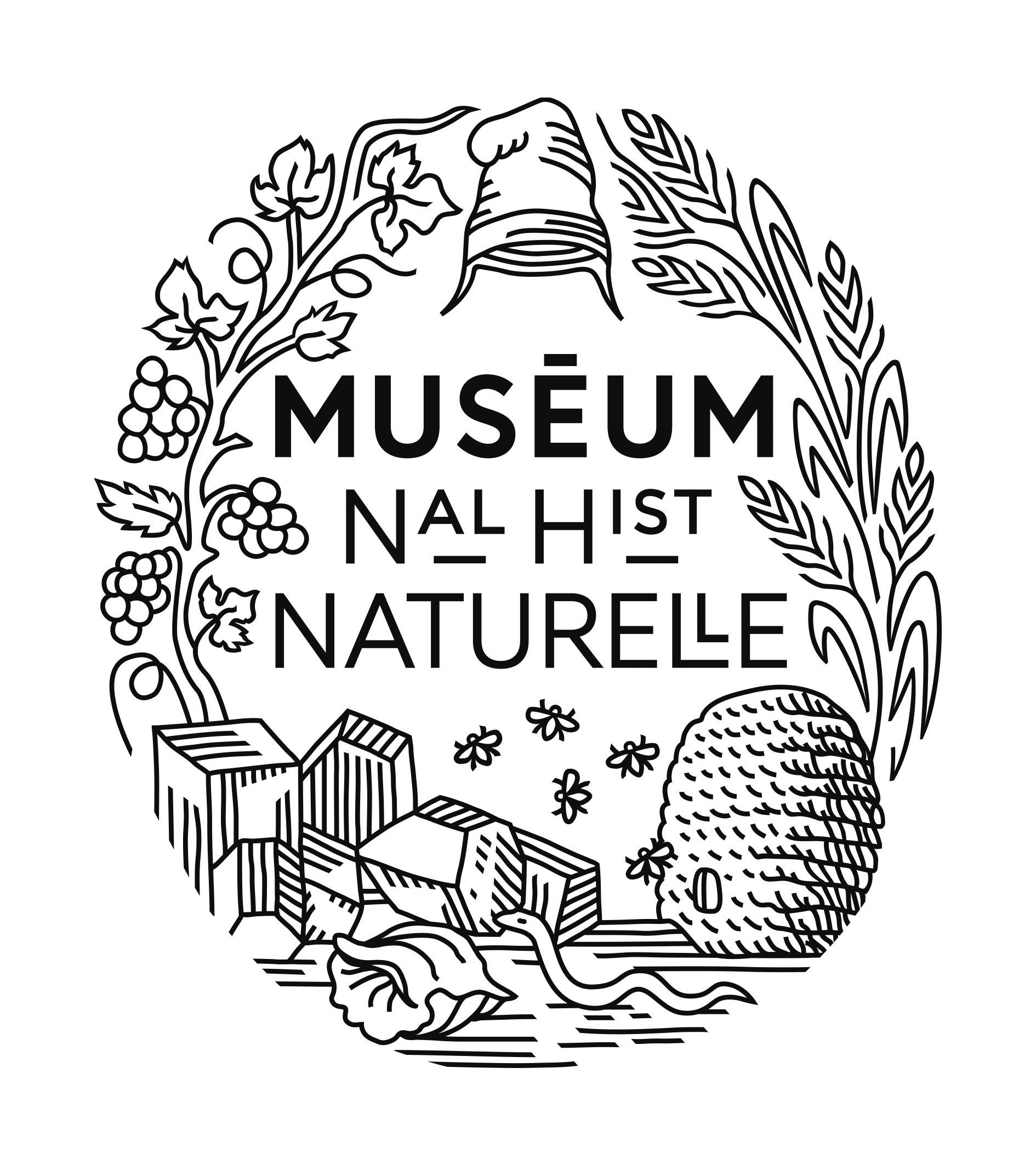
National Museum of Natural History
The Botany and Mycology collection of the National Herbarium gathers about 8 million specimens. From algae to flowering plants, the diversity of the plant world is represented in it. It is organized in several sectors of variable volume.
History
The Tournefort collection, botanist at the King’s Garden, was the first one bequeathed to the King’s Cabinet in 1708. The Vaillant collection, his student and successor, joined in 1722. As early as the 18th century, naturalist expeditions enable the increase in the number of specimens. Learned naturalists and biologists composed herbaria which would enrich, either by donations or purchase, the Herbarium of the Museum: les Jussieu, Adanson, Lamarck, Michaux, Desfontaines, Humboldt et Bonpland, Bory de Saint-Vincent, Montagne, Thuret, Bornet… In early 20th century, the donations of the Ernest Cosson and Emmanuel Drake del Castillo collections alone, account for 1 million specimens. In two centuries, the herbarium has grown from 25,000 specimens (in 1803) to nearly 8 million. Today, the collections are still growing, due to botanists’ missions in the field, donations and exchanges among institutions, as well as legacies from private individuals.
Description
The collection of vascular plants P (pteridophytes, gymnosperms et angiosperms), of worldwide diffusion, gathers nearly 6 million specimens. It is rich in specimens coming from metropolitan France and Europe, as well as former French colonies and current territories overseas. It is renowned for its high number of types-specimens (at least 300,000). The other portion of the botany collection, PC, estimated at 2 million specimens, gathers algae, bryophytes and fungi. Though nowadays, these are not considered as plants, the Mycology collections (including lichens) remains a proper section of the Herbarium.
The collection is mainly composed of herbarium sheets, though some samples are preserved differently: in envelopes arranged in boxes (for some of the fungi), in dry or alcohol filled vials, prepared on glass slides for microscopic observation, in "carpothèque" (dried fruit too bulky to be compatible with the size of the Herbarium), in plates or slices of wood constituting the xylotheque". In addition, for a few years, fragments of leaves are dried and preserved in silica gel, directly in the field, as to better preserve the molecular structure of the DNA for genetic analysis.
Specimens are sorted by higher taxonomic group. Within these groups, the classification is not always similar. The bryophytes, algae, lichens and fungi collections combine acquisitions preserved in the same conditions as when they were donated , alongside a "general" herbarium, pragmatically alphabetically classified by genera. For the pteridophytes, a taxonomic classification of genera based on botanical affinities, was implemented a long time ago. As for the very wide group that is the phanerogams (gymnosperms, but mainly angiosperms), which represents over ⅔ of the total amount of the Herbarium, it is organized in a General Herbarium. Angiosperms are split into 413 families, following the classification from the works of the international group of botanists APG (Angiosperm Phylogenetic Group). In addition to these collections sorted by main botanical groups, there are some isolated entities named « historical » Herbarium.
Contacts
Vanessa Invernon : vanessa.invernon@mnhn.fr
Grégoire Flament : gregoire.flament@mnhn.fr